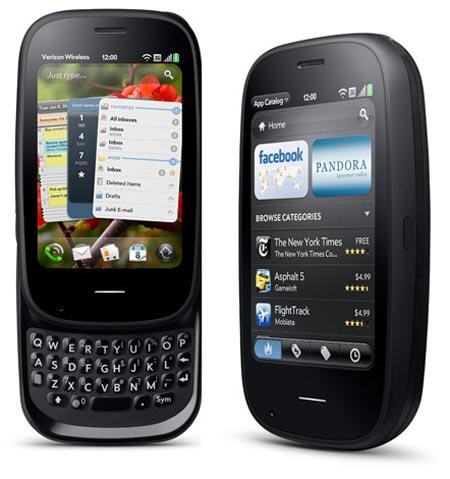
If you were to go over to Google right now and type in ‘webOS’ into that familiar search box, you’d see a pretty desolate sort of return. You’ve got some familiar websites that pop up, but you’d have to scroll to the bottom of the search results to find anything related to the “news” regarding Palm’s, or HP’s, mobile OS of yesteryear. Unfortunately, it’s just news from 2011 talking about the death of webOS, and how HP discontinued devices running the platform.
There had been plenty of rumors that webOS was going the way of the Dodo, but it wasn’t until August 18th of last year that the final word cam down the pipe. Now, here we are in April of 2012, and it may be pretty safe to say that webOS is dead in the water. In fact, the only time I actually ever hear about webOS is in passing, as an old reference, or even just reminiscing about a time years ago. webOS was great, but for all intents and purposes it seems to be long gone.
This year is going to be a big year for smartphone manufacturers. HTC has really been the first company to go for the throat, unveiling their One Series of devices earlier this year. But, we’re still waiting to hear from Samsung and Apple, with plenty of people looking forward to see what the successor of the Galaxy S II and the next iPhone will bring to the table. And we can’t forget about Research In Motion, and the upcoming unveiling and release of BlackBerry 10 later this year.
With all of that anticipation, and with so many heavy hitters in the mobile market getting ready to unveil some of the most anticipated devices of the year, if someone out there wanted to make a push to bring webOS back from the dead, could they even manage it?
Could webOS be brought back from the dead in 2012?
I asked earlier today if hardware means more than software when it comes to Windows Phone, and maybe that same mentality could be used for webOS. Let’s face it: when webOS was alive and “well,” the main complaint of the platform wasn’t the software, but the hardware. We saw the Pre, the Pre 2, and the Pre 3, and they all kept the same form factor, with only slight tweaks here and there to differentiate each device from the one before it.
Because of that, I think if anyone really wanted to bring webOS back to life, there would need to be a serious focus on the hardware, with only a few changes here and there to the software. webOS really was fantastic, but there would certainly need to be some tweaks made for a fresh launch.
Hardware wise? You put that same focus on creating the best top-tier device possible, like we see with each and every new high-end Android-based launch, and webOS could certainly have a chance. I would think a device that’s all touchscreen, with a 720p HD display (or even a Retina similar display), and that measures in at 4-inches or more would be a good start. A quad-core processor would certainly garner plenty of attention, and webOS probably would benefit greatly from the choice. 1GB of RAM, 32GB of built-in storage, and a high-end camera on the back.
All wishful thinking, maybe, but now that webOS is firmly placed in that “open-source” region, I guess anything is really possible. It would take plenty of funds to get a high-end device with webOS on it worthy enough of acquiring the amount of attention it would need to have a successful launch, but there is plenty of that out there, depending on where you look.
So, two questions: do you think webOS could be revitalized in 2012? And, if so, and if you had the ability to build the perfect halo webOS device, what would you build? Let me know!